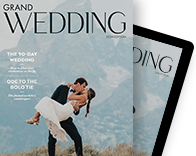Alternative Gemstones:
A Girl’s Other “Best Friends”
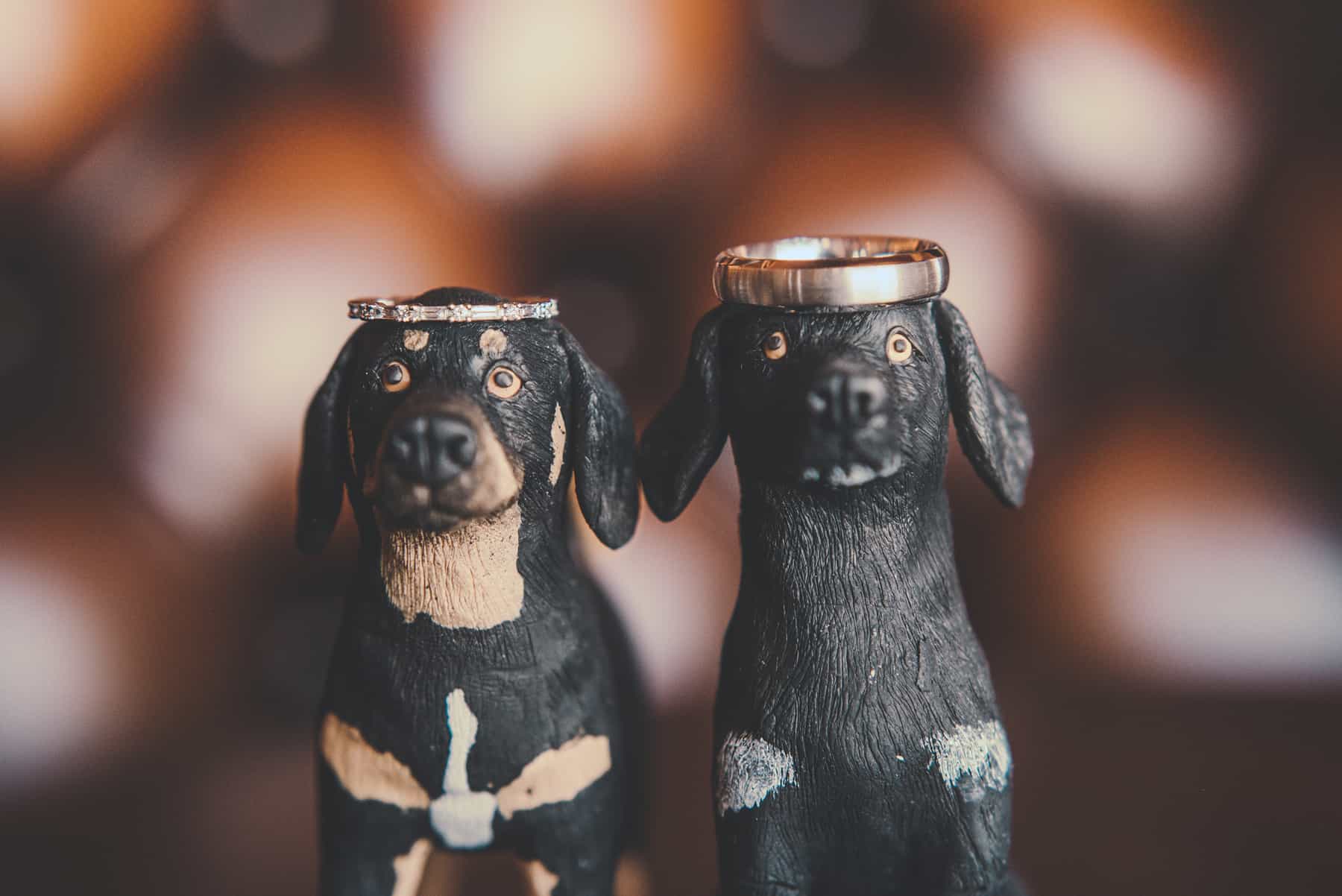
Diamond engagement rings have been a symbol of love and commitment, adorning the ring fingers of brides-to-be, for centuries. However, the Jewelry Industry Research Institute reports only 75 percent of modern brides are opting for a classic diamond ring. The other 25 percent are, instead, leaning toward alternative gemstones.
The tradition of proposing with a diamond ring can be traced back to the Archduke Maximilian, of Austria, when he asked Mary, of Burgundy, to be his bride in 1477. While this is the first documented case of a diamond engagement ring, the tradition has crossed many cultural borders. Prior to the Archduke’s proposal, reed rings were exchanged in ancient Egypt, where it was believed that a vein ran from the ring finger directly to the heart. Diamonds became more accessible to the public when they were discovered in abundance in South Africa in the late 1800s. Their greatest growth in popularity came as a result of the De Beers’ advertising slogan, A diamond is forever.
As modern couples seek out increasingly unique engagements, Briann Bourassa, floor manager at JC Jewelers, estimates one in ten couples are now requesting an alternative gemstone.
“A lot of couples just want something different—they’re less traditional, they have a very unique personal style, or they want something that speaks more to them than a diamond,” says Bourassa.

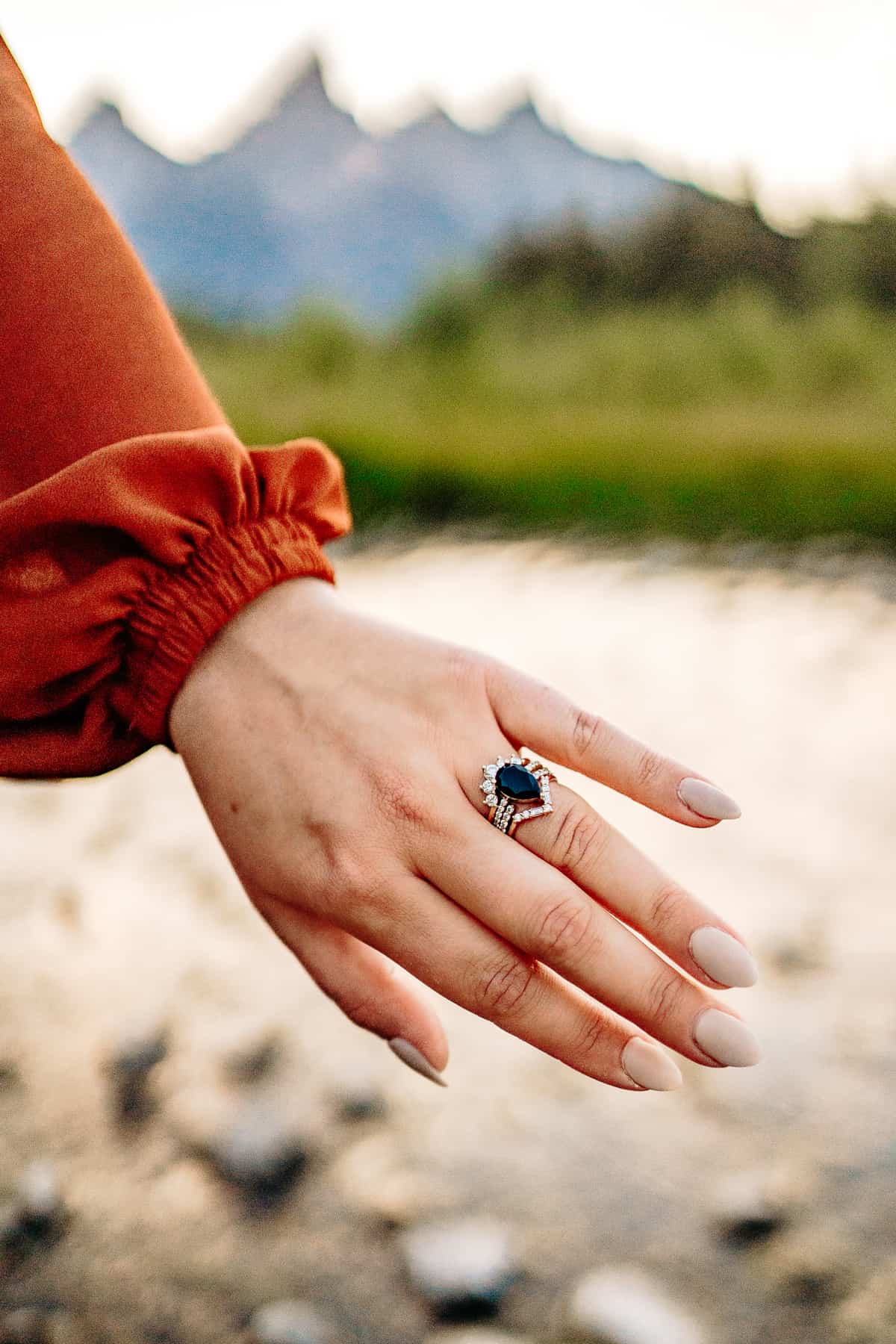
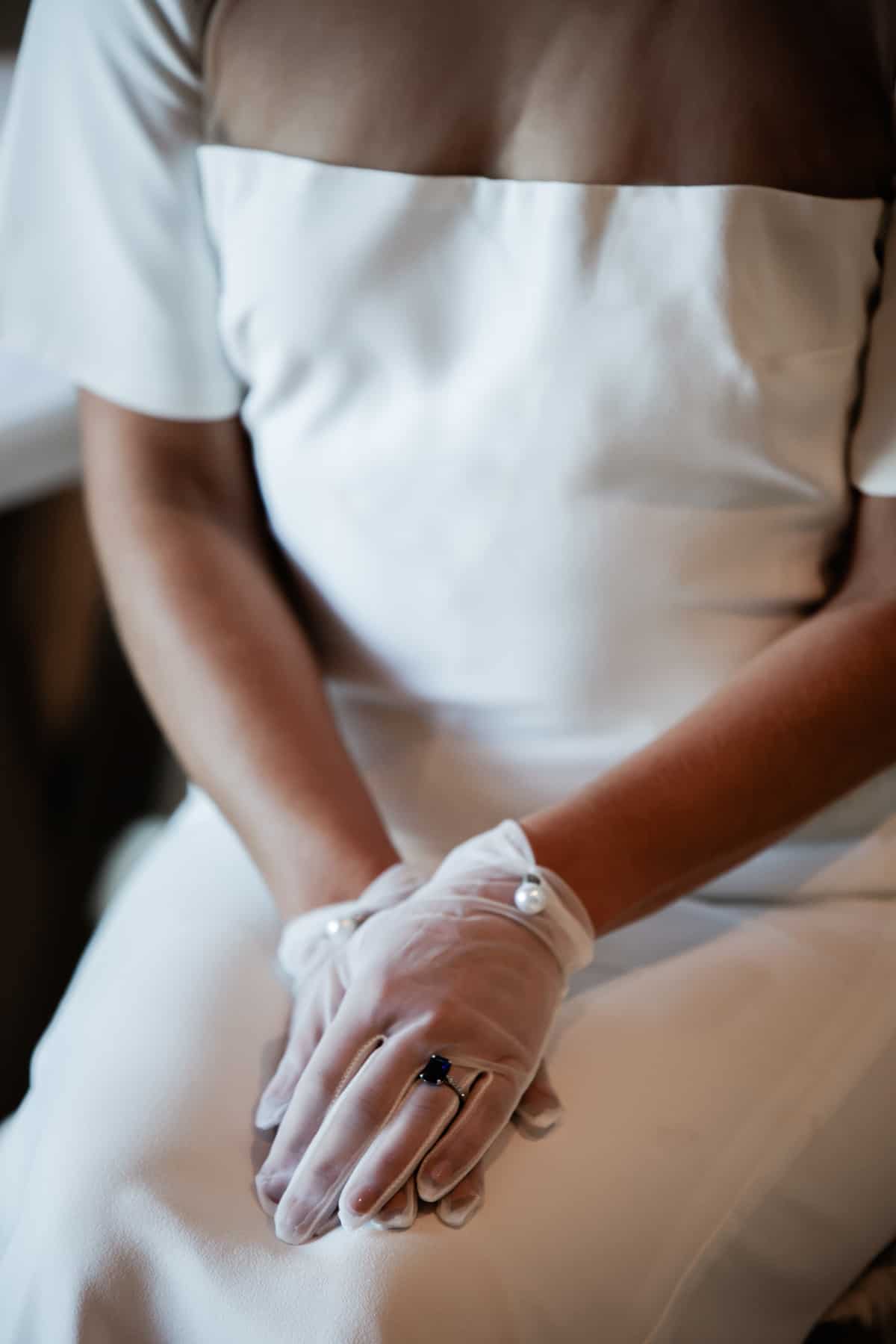
A variety of brilliant colors and cuts have driven the desire for a more customized ring design, as have celebrities like the British royal family’s Kate Middleton, who flaunts a stunning sapphire.
Price is an influential determinant in the purchase of any piece of jewelry, and it may sway some couples toward or away from certain stones. Alternatives to diamonds are often less expensive than diamonds of similar size.
Bourassa explains, “When a couple falls in love with a look that’s too expensive for them, sometimes we’re able to find a sapphire of similar size that’s a lot more affordable.”
Meanwhile, other alternatives—like rubies—are going to cost more.
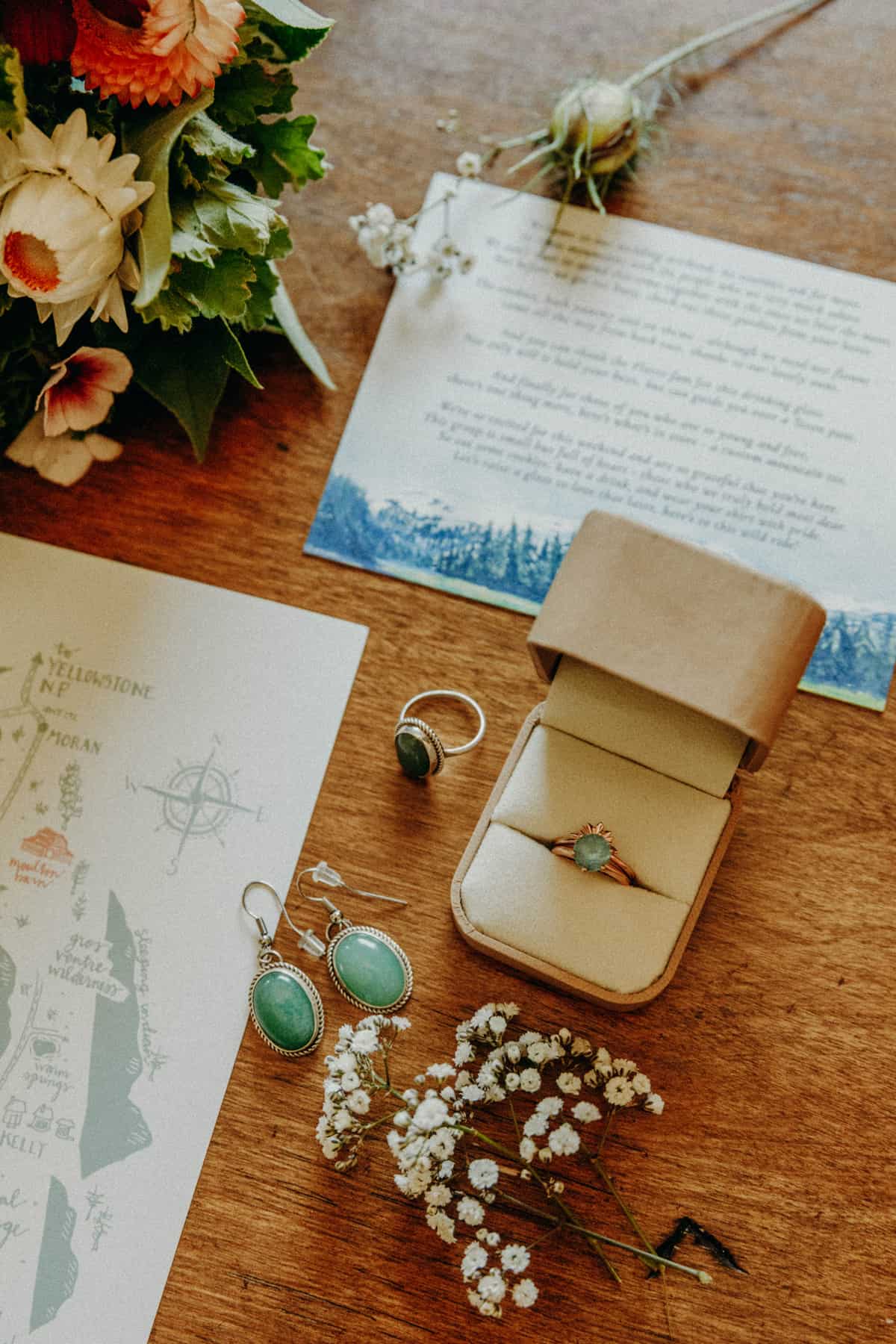
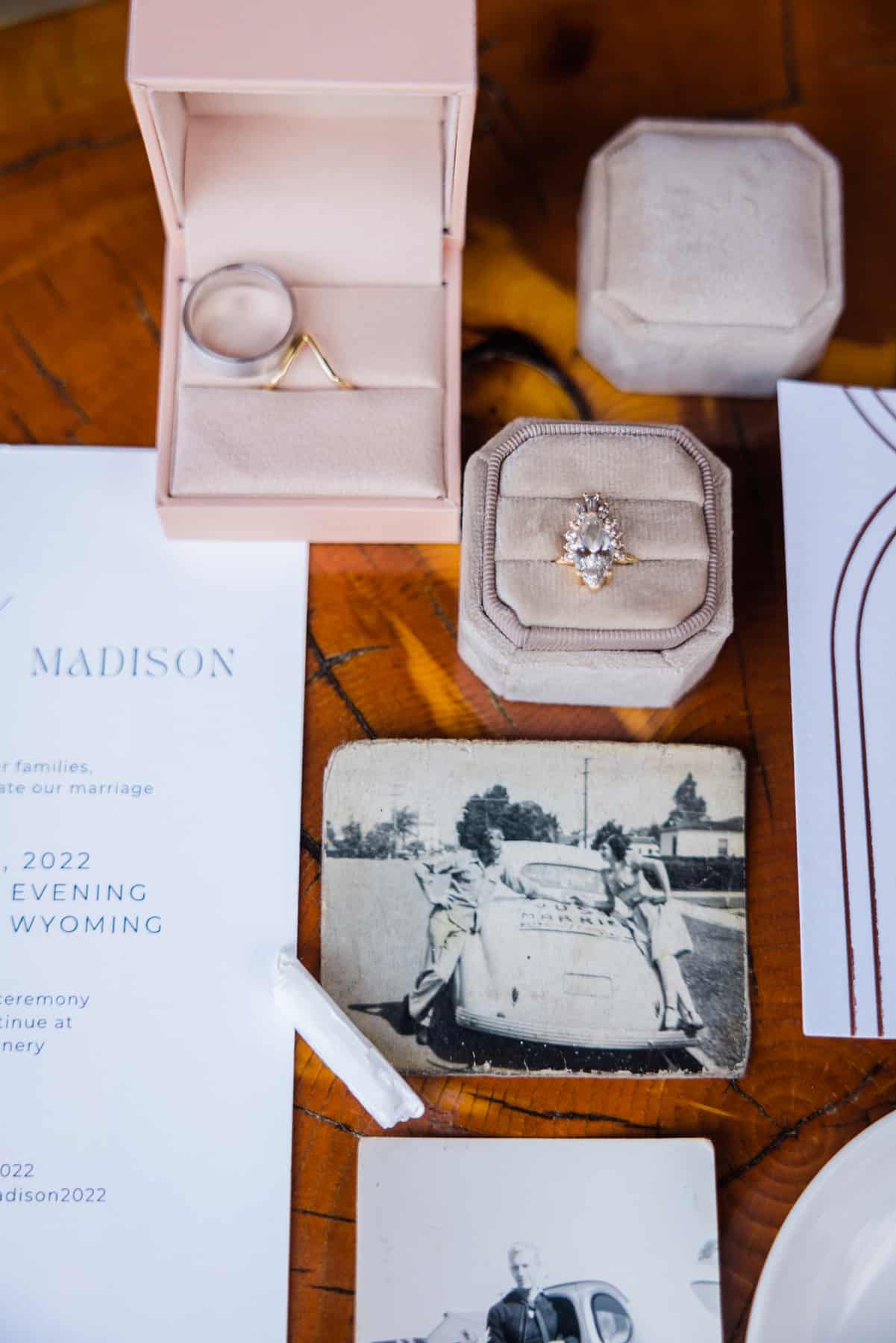
Experts also recommend that decisions be dictated by a stone’s durability. The Mohs Hardness Scale ranks stones from one to ten based on their durability. Diamonds—deemed the hardest substance available—are a ten on this scale.
“In our bespoke jewelry, we balance form and function,” says Zachariah Turpin, lead designer at Jackson Hole Jewelry Co. “We guide clients toward materials that are high on the durability scale—so our alternative engagement ring options center around sapphires and rubies.”
Both gemstones are second to diamonds on the Mohs Hardness scale, making them durable enough for everyday wear. Stones that rank lower on the scale are more susceptible to scratches and chipping.
“Sometimes people will want to use pearl or opal,” Bourassa notes. “But these stones are extremely soft, so we don’t recommend them for everyday wear. What you can do, instead, is get a band for everyday wear, and then have a pearl wedding ring for going out.”
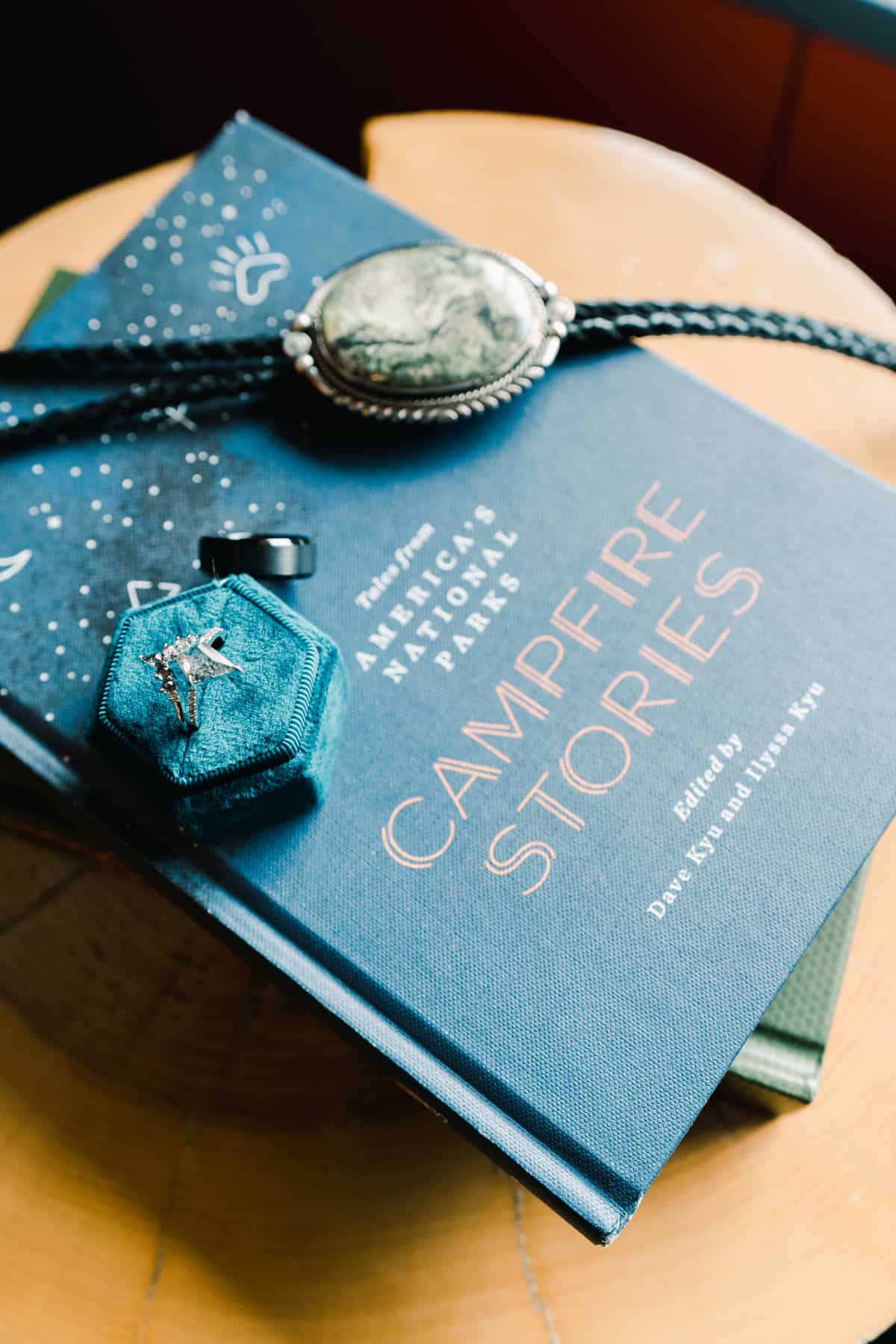
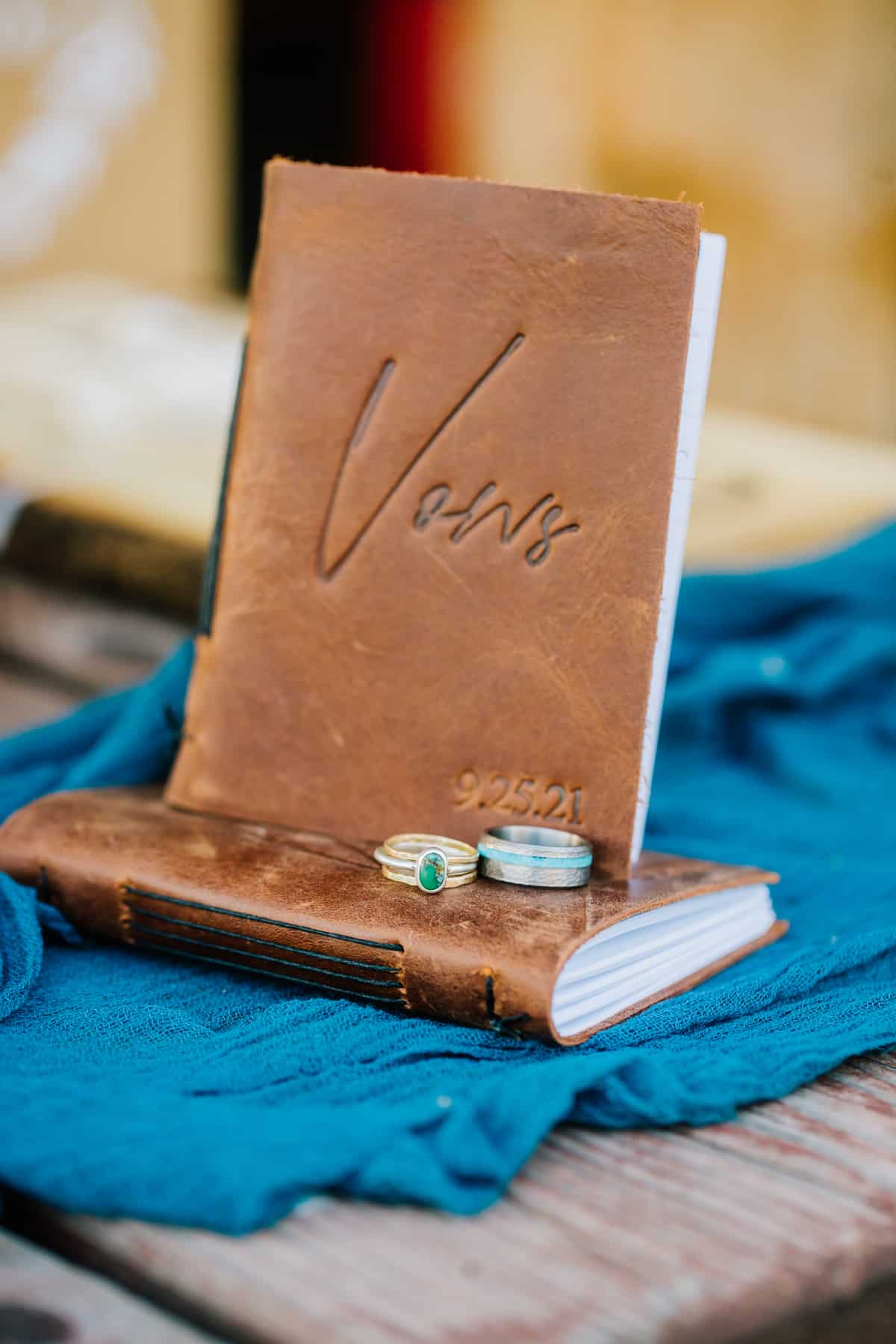
Softer stones can also be protected by a more secure setting, and for these rings, insurance is a must. An emerald, for instance, has fragile edges that can be sheltered in a bezel setting.
Ultimately, color is, in large part, an individual bride’s decision when it comes to selecting a stone. Diamonds are colorless, lending them a unique sparkle, whereas alternative gemstones have richer hues—in which case clarity becomes more obvious to the eye than radiance. The bold colors of ruby, emerald, and amethyst may deter some, while others will appreciate the vintage feel of these sturdy options. Beyond durability, sapphires are often opted for because of their wide range of colors.
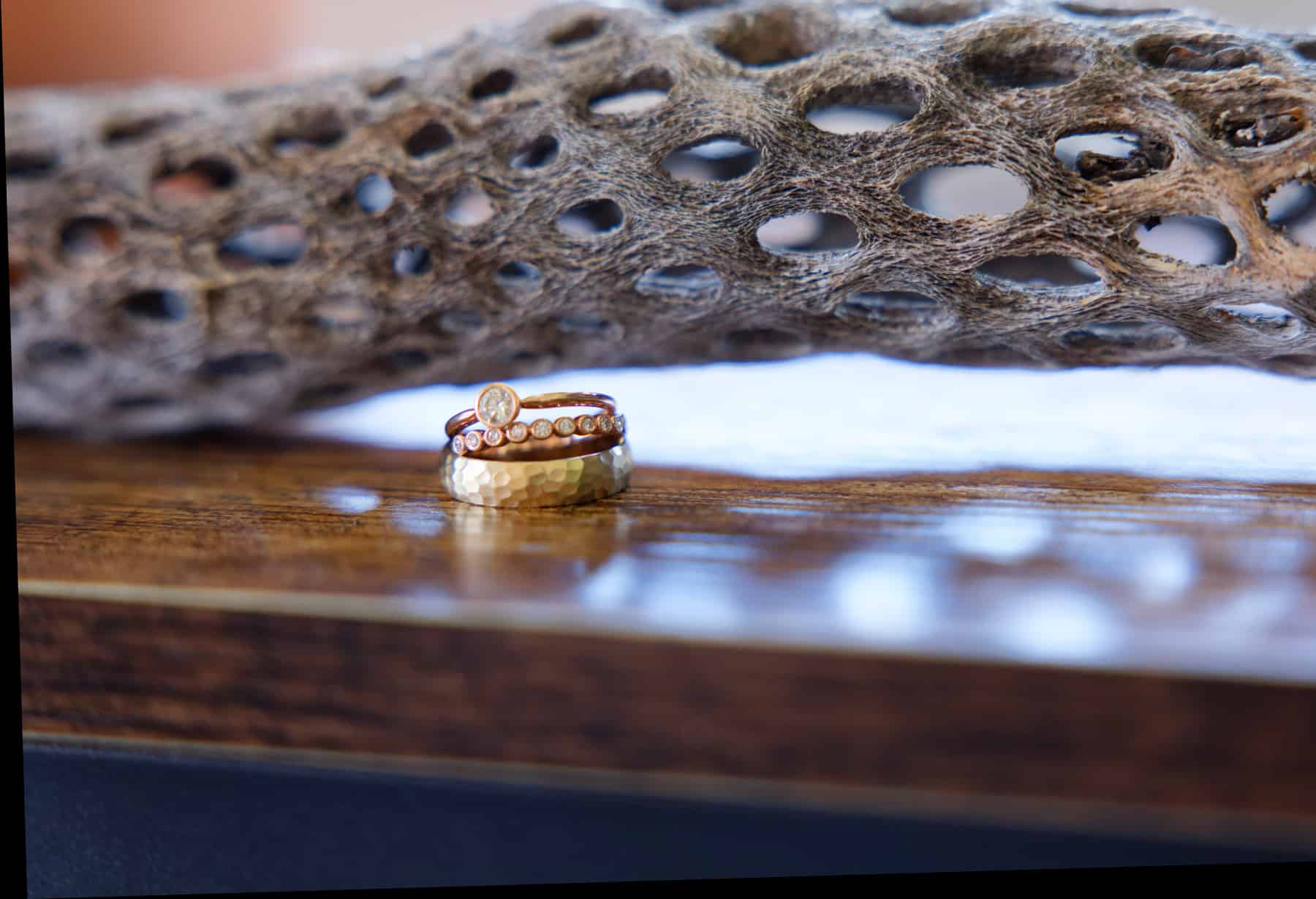
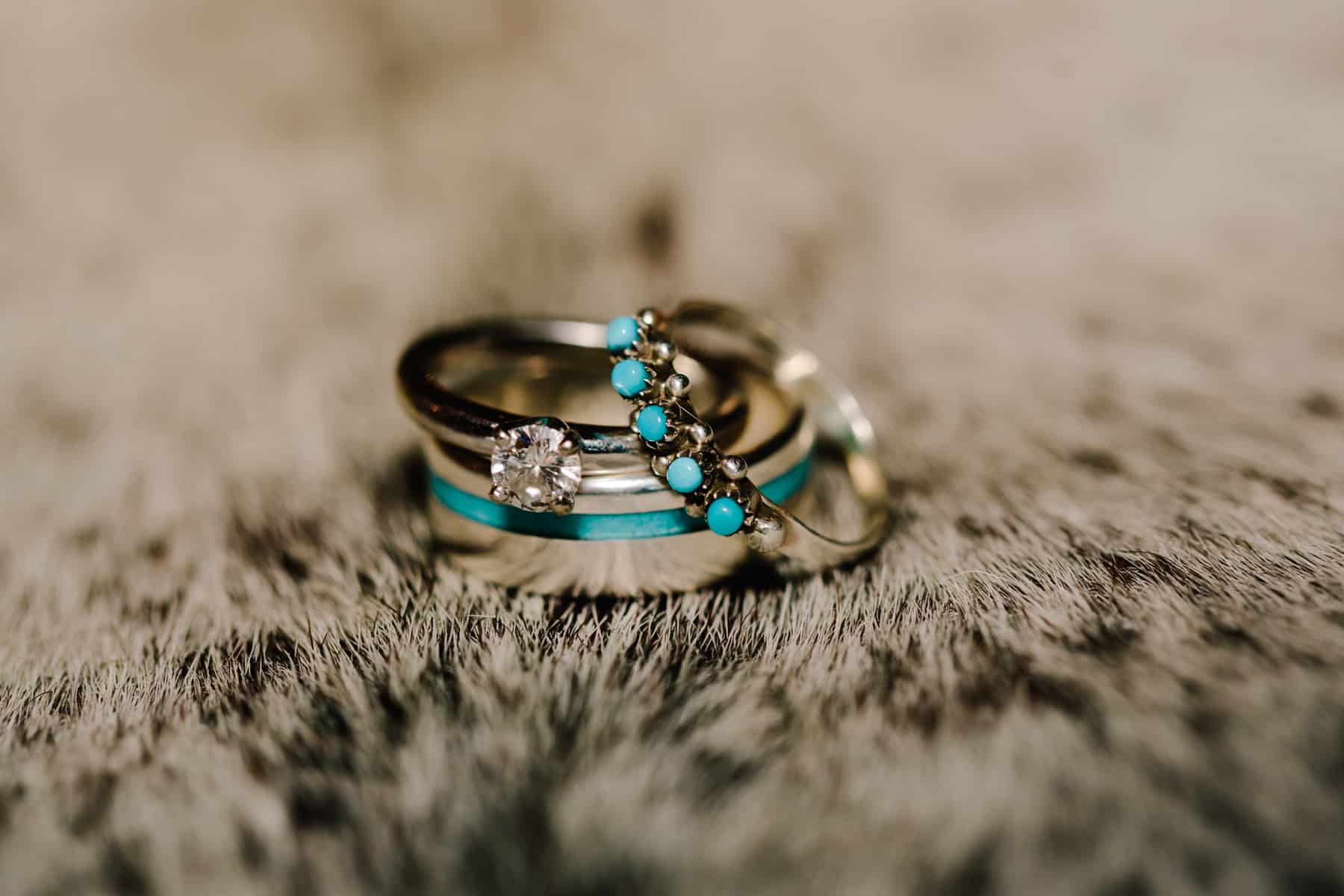
“It doesn’t have to be blue, even though blue is widely understood to be sapphire,” says Turpin. “There are a lot of beautiful options in the sapphire family, and in a whole rainbow of colors.”
Even a white sapphire can closely resemble a diamond, while coming in at a more affordable price point.
With all of these considerations in mind, Turpin concludes on behalf of his clients, “Every relationship is different, and how a couple chooses to celebrate their unique love is always beautiful.”
